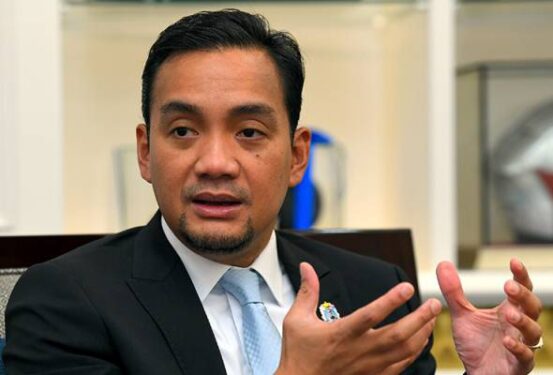THE Government should consider building a multi-infrastructure tunnel instead of a single-infrastructure one in order to slash costs of building the East Coast Rail Line (ECRL).
“Putrajaya has informed the Parliament that ECRL’s Section A& B (Kota Bharu-Temerloh) will continue while the Section C (Temerloh to Port Klang) route is still under review.
“Section C remains the costliest route, in terms of per kilometre, due to the tunneling work required through the Central Spine Mountain Range.
“Therefore, we would like the Government to consider building a multi-infrastructure tunnel at Section C to bring the ECRL project cost down,” Parti Sosialis Malaysia (PSM) central committee member Sharan Raj told FocusM.
On Sept 8, the Transport Ministry announced that it was looking at reverting the ECRL alignment to the original route planned by the previous Barisan Nasional Government.
Responding to query at the Dewan Rakyat, its minister Datuk Seri Wee Ka Siong said his team was reviewing Section C of the alignment, which is the stretch from Mentakab to Port Klang, with respect of the original alignment which goes through Bentong and Gombak.
The short-lived Pakatan Harapan Government mooted the idea to realign the route after taking over Putrajaya, reducing the number of stations to 20, and sought to slash costs by avoiding a tunnel through the Titiwangsa mountain range by realigning the railway track via Seremban.
The project is now estimated to be worth a whopping RM50 bil, which is 13.64% higher than the earlier estimate of RM44 bil set under the previous Pakatan administration.
Costs will be shared
Touching on the higher costs, Sharan said that the price tag for the ECRL project ballooned due to the flip-flop by the Government on its alignment.
“As they keep changing the routes, the contractors have to redesign the whole thing, which costs a lot of money.
“So, that is why we suggest for a multi-infrastructure tunnel to be built at Section C, where the Central Spine Mountain Range is,” he said.
The PSM leader added that by building a multi-infrastructure tunnel, the project can serve multiple functions apart from just managing traffic.
“For example in Europe, the same subway line not only manages trains but underneath, they also fix gas lines, electricity lines and Internet cables.
“We have a similar concept right here in Malaysia, which is the Smart Tunnel. While top layer is for traffic flow, the bottom deck manages floodwater,” said Sharan.
He also said that by bringing multiple players to build the multi-infrastructure tunnel, the cost can be shared by various agencies.
“The highway operator, utility players and other entities that are going to utilise the structure will share the costs of building it.
“The project will also provide an alternative route to the KL-Karak Highway, which is known to be congested most of the time.
“Besides, the rerouting of the proposed Tenaga Nasional Bhd (TNB) transmission network into the tunnel will avoid irreversible surface damage at Central Spine Mountain Range,” said Sharan. – Dec 6, 2020.










